Realizing “30 × 30” In India: The Potential, The Challenges, And The Way Forward
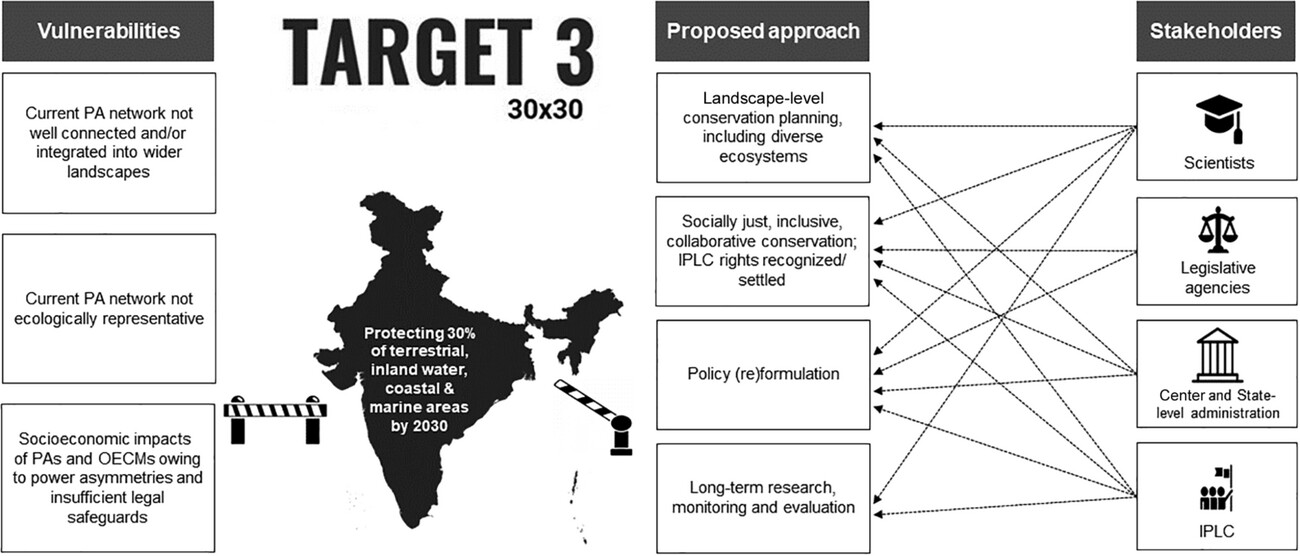
Asmita Sengupta, Manan Bhan, Saloni Bhatia, Atul Joshi, Seshadri K. S. Conservation Letters | February 2, 2024 We find that with its vast network of ecosystems that are under some form of protection and through the recognition of other effective area-based conservation measures sites, India has the potential to meet the quantitative target of conserving […]
Inclusive Management Of Our Water Commons
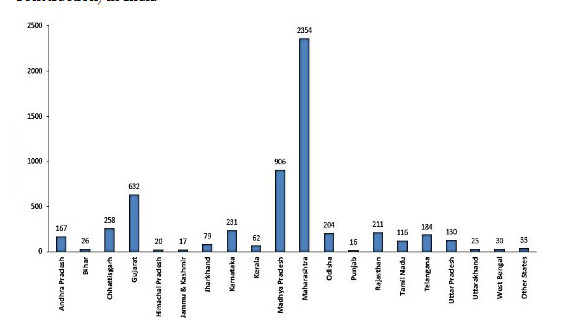
Rashmi Mahajan, Manish Rajankar Ecology, Economy And Society–The INSEE Journal | January 31, 2024 New study explores the intricate challenges of water management in Maharashtra, from historic systems to present-day conflicts. The essay concludes that we need long-term and sustainable solutions that involve community participation in finding, planning, and implementing solutions.The essay underscores the urgent […]
In-vitro Anti-inflammatory Potential of Standardized Rottlerin Enriched Fraction of Mallotus philippensis Muell. Arg Anti-inflammatory Potential of Rottlerin Enriched Fraction of Mallotus philippensis

Nancy Tripathi, Kapil Mandrah, Bharat Goel, Nivedita Bhardwaj, Vinod Kumar Paswan, G. Ravikanth, Somendu K. Roy & Shreyans K. Jain Proceedings of the National Academy of Sciences, India Section B: Biological Sciences | January 23, 2024 A rottlerin enriched fraction was prepared from extract of Mallotus philippensis Muell. Arg leaves in ethyl acetate using HP-20 dianion polymeric […]
Assessing Resilience of Natural Treatment System to Variable Contaminant Loads in an Urbanizing Catchment

Anjali V Raja, Priyanka Jamwal Journal of Water Process Engineering | January 16, 2024 Constructed wetlands (CWs) offer solution to increasing wastewater concerns. Long term monitoring data (six years) provides information on robustness and life time of such systems. The CW system examined in this study was deployed to serve as a polishing stage for […]
Water, Air Pollution and Carbon Footprints of Conspicuous/luxury Consumption in India

Soumyajit Bhar , Sharachchandra Lele, Jihoon Min, Narasimha D. Rao Ecological Economics | January 12, 2024 The literature on the environmental impacts of household consumption in India focuses on carbon and ecological footprints of income groups. This article connects conspicuous/luxury (C/L) consumption in India to its local, regional and global environmental impacts. We evaluate carbon […]
Ecological Filtering Shapes The Impacts Of Agricultural Deforestation On Biodiversity
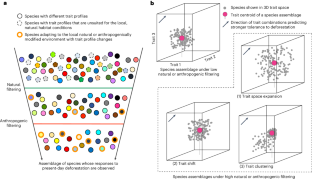
Ghazala Shahabuddin Nature Ecology And Evolution | January 8, 2024 The biodiversity impacts of agricultural deforestation vary widely across regions. Previous efforts to explain this variation have focused exclusively on the landscape features and management regimes of agricultural systems, neglecting the potentially critical role of ecological filtering in shaping deforestation tolerance of extant species assemblages […]
A Hook-Nosed Sea Snake, Hydrophis Schistosus (Daudin 1803), Dead Due To A Fish Stuck In Its Mouth
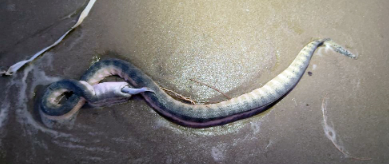
Harsh Singhal Reptiles & Amphibians | January 7, 2024 Hook-nosed Seasnakes are quite aggressive and frequently threaten fishermen. The species is generally encountered in shallow coastal waters, it will move into offshore waters in calm seas in search of prey. New paper reports a dead hook-nosed seasnake presumably killed trying to swallow a fish in […]
Dung Removal Increases Under Higher Dung Beetle Functional Diversity Regardless of Grazing Intensification
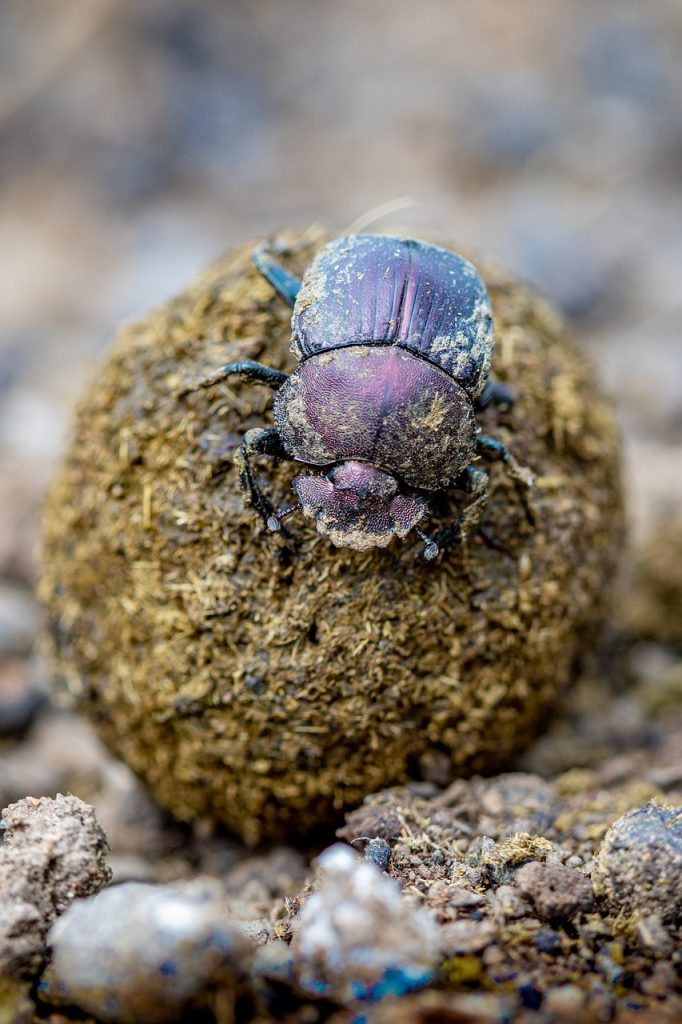
Jorge Ari Noriega, Joaquín Hortal, Indradatta deCastro-Arrazola, Fernanda Alves-Martins, Jean C. G. Ortega, Luis Mauricio Bini, Nigel R. Andrew, Lucrecia Arellano, Sarah Beynon, Adrian L. V. Davis, Mario E. Favila, Kevin D. Floate, Finbarr G. Horgan, Rosa Menéndez, Tanja Milotic, Beatrice Nervo, Claudia Palestrini, Antonio Rolando, Clarke H. Scholtz, Yakup Senyüz, Thomas Wassmer, Réka Ádam, […]
Mahamanalactone A, a new triterpenoid from Dysoxylum malabaricum bark: a case study for rapid identification of new metabolites via LC-HRMS profiling and database mining strategy
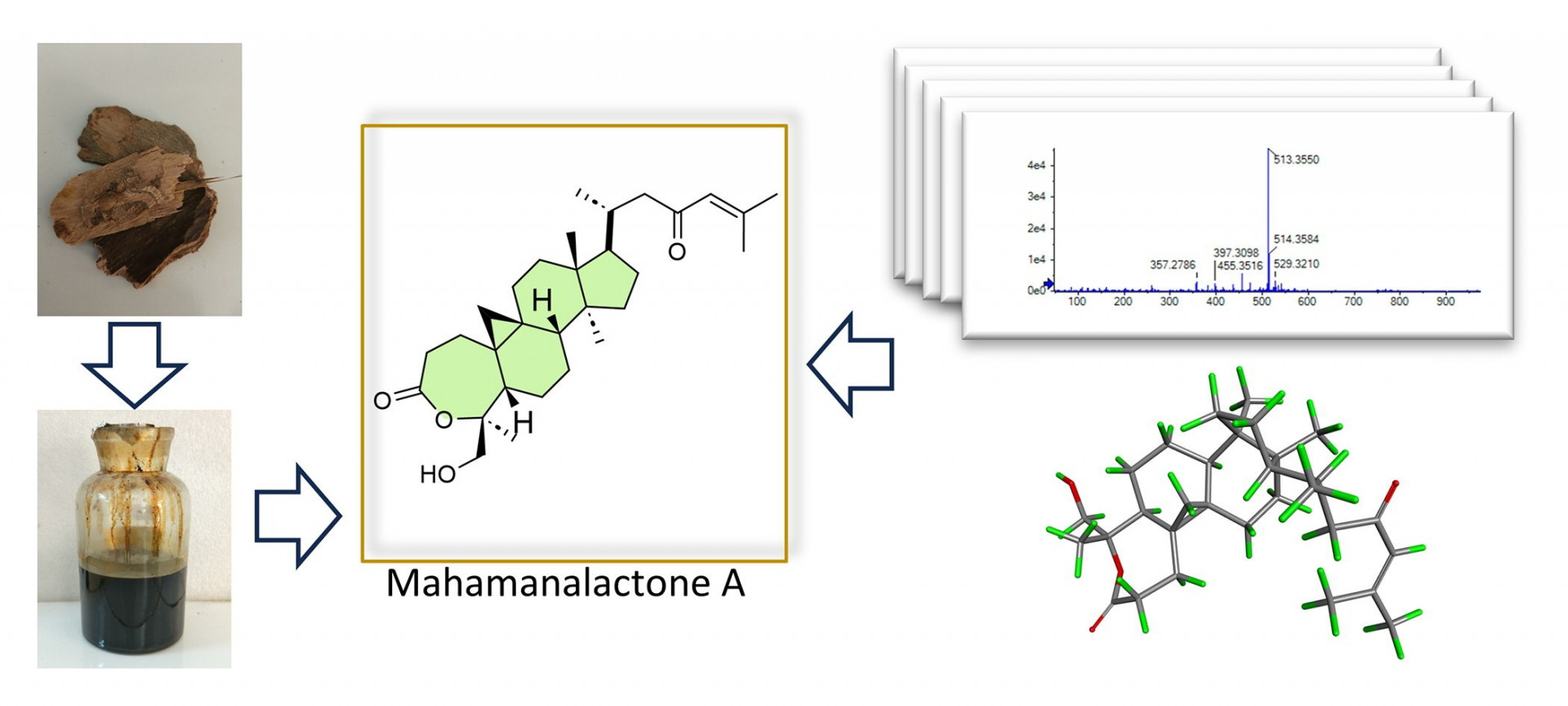
Nivedita Bhardwaj,Swathilakshmi S.,Nancy Tripathi,Sanjay Kumar,Uma Ranjan Lal, Ravikanth G.,… Natural Product Research | January 1, 2024 In this recent investigation, the focus centred on exploring the potential phytoconstituents within the bark of Dysoxylum malabaricum. A profiling strategy employing LC-HRMS (Liquid Chromatography-High Resolution Mass Spectrometry) was implemented for the rapid identification of compounds from the bark extract. […]
Hundreds of Millions of People in the Tropics Need Both Wild Harvests and Other Forms of Economic Development for Their Well-being
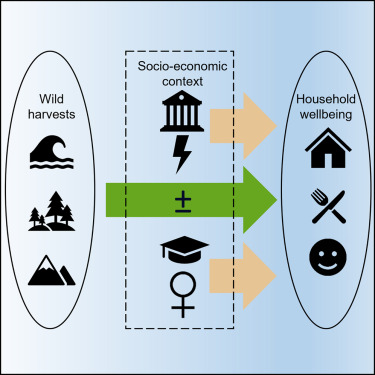
Geoff J. Wells, Casey M. Ryan , Anamika Das, Suman Attiwilli , Mahesh Poudyal , Sharachchandra Lele , Kate Schreckenberg , Brian E. Robinson , Aidan Keane , Katherine M. Homewood , Julia P.G. Jones , Carlos A. Torres-Vitolas , Janet A. Fisher , Sate Ahmad , Mark Mulligan , Terence P. Dawson , Helen […]


